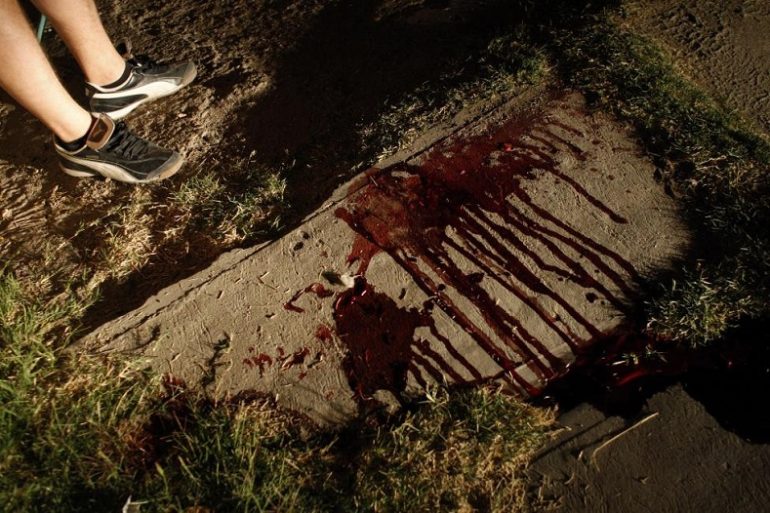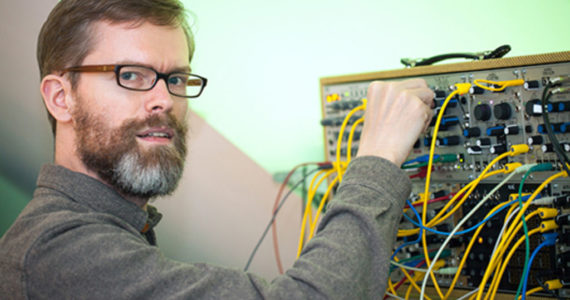Ciudad Juares was torn by cartel wars for years. Tens of thousands dead or missing, kids banned from playing in the parks, dead bodies in the streets. In the middle of all that, there was a club and it survived…
There is a movie called “Sicario”, filmed in 2015 by Denis Villeneuve. It’s a criminal drama about an FBI officer who is being recommended for a task force which goes into Mexico to implicate the Sonora Cartel leader. The rest is spoilers. The city where the task force is headed is situated on the border with the USA and is the main hub for drug trafficking from Mexico and thus, the city is torn by the cartel wars. The story that you see in the movie, the graphic images and the fear that percolates the screen and grabs your finger tips, makes it impossible to turn it off. But the most scary thing about this movie is that everything they show there is true. And the movie is a lot less cruel than the real life.
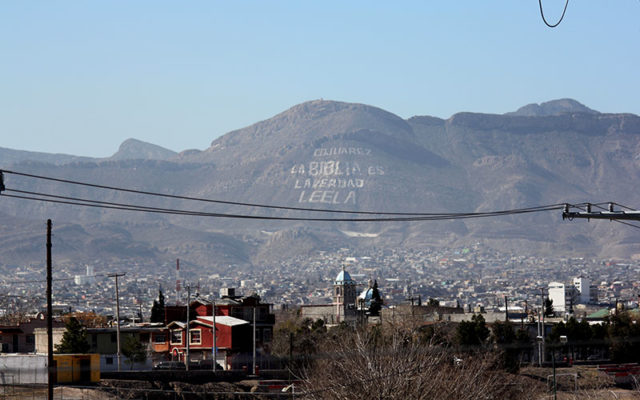
Ciudad Juares
Ciudad Juarez is the city that lies on the USA-Mexican border and you can see El Paso (USA) from some of the points of Juarez. The Colombian narco cartels have been using Juarez as a trespassing point for decades and everything was relatively quiet and under control until the late 1990’s, when the former officer of Mexican federal police, who used to run all the deals and control the transactions, decided to give the traffic control to a few local organizations, while staying the supervisor on national level.
He divided trafficking channels so that the Arellano Felix brothers got Tijuana, the Juarez Cartel got Ciudad Juarez, the Sonora corridor went to Sonora Cartel and Matamores – to Juan Garcia Abrego and later, to Gulf Cartel. The Pacific Coast went to Sinaloa Cartel under the rule of El Chapo, who is known as one of the most cruel narco barons.
It was a matter of time for the cartels to start wars over the controlled areas to get more coverage. In late 2007, the chaos took over Ciudad Juarez, when the local Juarez Cartel had to start fighting off the “plaza” – the word used by cartels for territories around the entrance to the smuggling corridors to US.
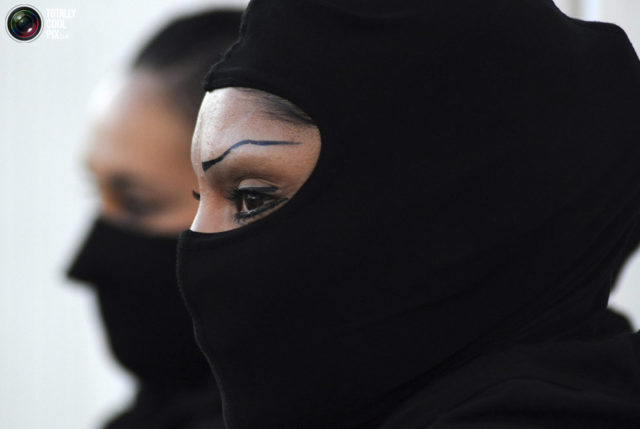
Police officer in Ciudad Juares
By 2014, about 11,000 people were killed in the drug wars.
By next year, the number of homicides increased five times. By 2014, 11,000 people were killed in the drug wars. More have disappeared. Not all of them were connected to narcos; some of the victims were regular people who somehow stood in the way of the gangs. Some of their bodies were used as warnings for the others to stay away from everything and not to even try contacting authorities. They were being hanged off the bridges with their heads sometimes cut off to show what happens to those who don’t obey. The cruelty and the amount of blood flooding the streets in daylight was unbelievable. The authorities didn’t help much. The policemen were either with the mafia, or dead. Ciudad Juarez was also known as the city, where thousands of women disappeared. They were taken from the buses on the way from work and never came back. Later, their bodies were found tortured in the desert.
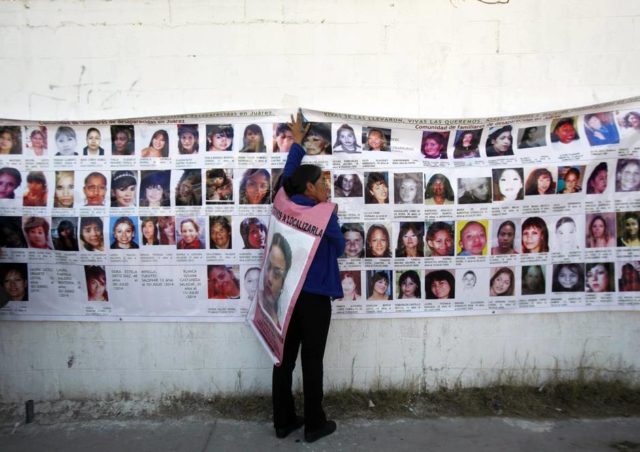
About 300,000 people fled Juarez. The police and military forces sent into the city didn’t help – the gangs were stronger. They ordered the people to stay in their houses, and people knew – if you don’t obey, you will most probably get shot.
In 2010 the city was called The world’s most violent city with death toll over 3,000 in one year.
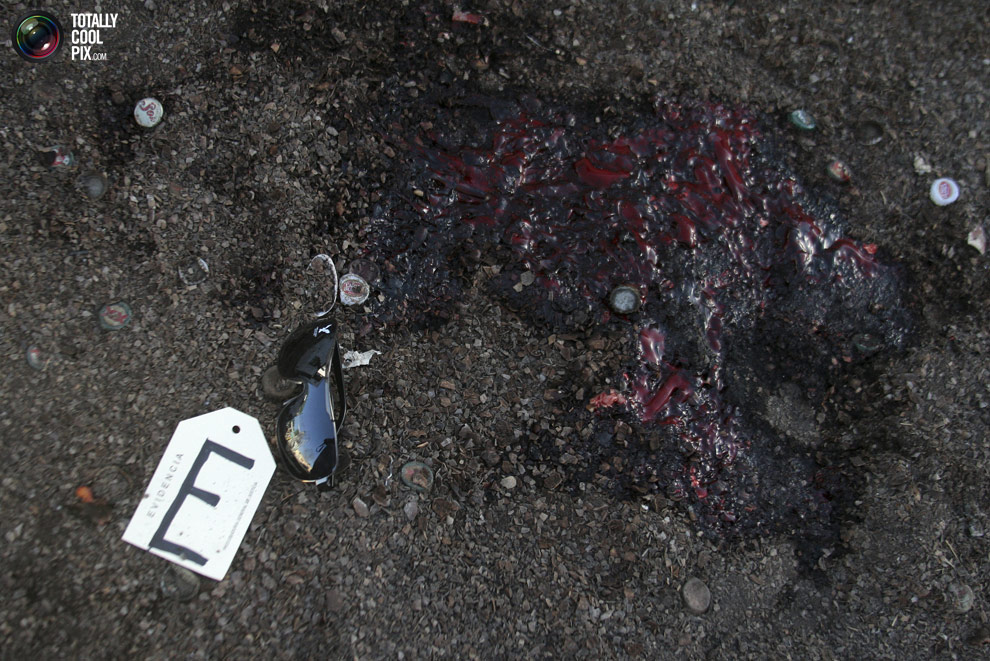
Crime Scene
Few years later, not as far as in 2013, the situation started improving. People assume that it happened in 2012, nobody knows how and why, but probably because the Sinaola Cartel has taken the plaza from Juarez Cartel. By the cost of more than 10,000 lives. There is another version, which comes from the ombudsmen of the Human Rights Comission in Ciudad Juarez. He said that “They have killed each other off, and those that haven’t have fled.” Some say that the change has come with the arrival of Julian Leyzaola – the former military officer and former police chief in Tijuana. He is famous for taking over the control of cities with fear and torture. Whatever the reason is, the city started coming back to life.
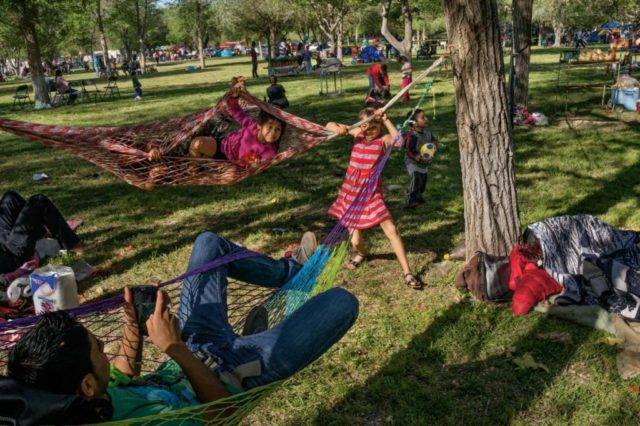
By 2013 people started going out in the streets at night after the first steps they made to normal by going out during the day and walking in the parks. Clubs and bars opened again after closing in 2010 soon after slaughter in a bar situated in the “safe zone” – an area, covered with camouflage nets, patrolled by police and full of young people.
Americans started coming to Juarez, local businessmen returned from El Paso to invest in the city. Ninety percent of the people, who fled the city have returned. But the statistic shows, that more than 400,000 people in Juarez suffer from PTSD. Some of them are treated by professionals in different rehabilitation programs. One of the survivors of the deadly attack on a nightclub in 2010, has returned to the city. His girlfriend was shot in the head, he pretended dead. He said:
“Everything is just as fucked up as ever, but there is more movement. There are more people in the streets, and more money, but there are still criminals and narcos and all that crap…”
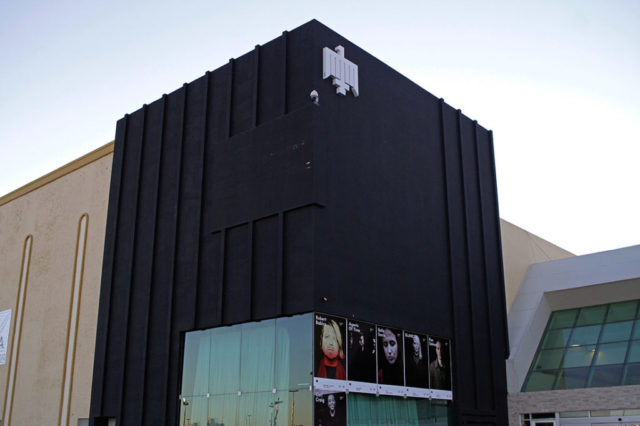
In the middle of all this, there is a club called Hardpop inside a shopping center near a highway, which celebrates it’s 10th birthday this year. Ten years in operation means that Hardpop survived all the drug wars and gave shelter to the young people, who could dance, while people were dying around. And that’s amazing, because probably each of them was afraid that one night dancing could be the last one. Also, it is so overwhelming that DJs from abroad would skip the Mexico city and Tijuana bigger events to play at 500-people Hardpop. Because it matters. The promoters started bringing the underground DJs to Hardpop in 2006 and within two years the club was packed with kids from both sides of the border. At that time the city was swimming in cash, which was laundered by narco gangs. Some of that money landed at Hardpop. The club PR manager, who meets all the DJs at the airport told the Latino USA project that when he was in a car with someone, the guest would be worried about the military presence in the city and ask if he was sure that they were going to have a good party. But then they got into the club and felt the magic. The people at the venue were treating the guests like huge rock stars, and the feeling that they were sharing, couldn’t have left anyone indifferent. In 10 years, Djs like Nina Kraviz, DJ T (pictured below), Sasha, Miss Kittin, Tale of Us, Solomun and many more have played at Hardpop. And still, Hardpop is the club where you can hear the DJs, who don’t play in other places in Mexico.
Photo by Anna Fernandez
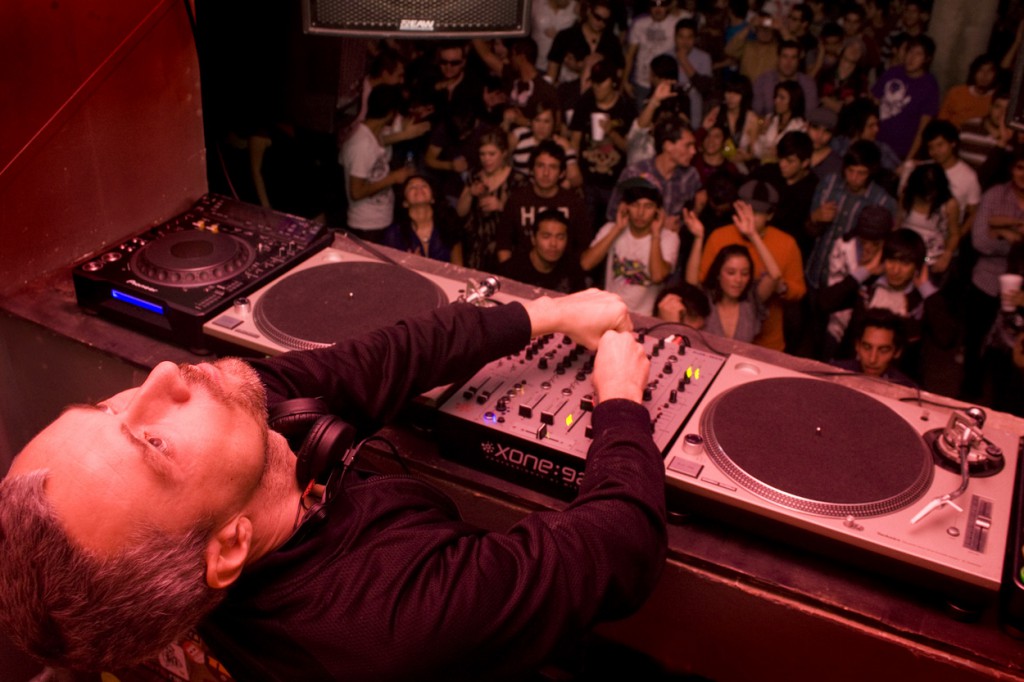
On the night when Lee Burridge was playing at Hardpop North, somebody died in another bar in a shootout and never made it to hardpop.
Eventually, the club management had to decide whether it was at least relatively safe to operate. People were begging them not to close Hardpop. It was the only place where young people could pretend that they had normal lives. But at the time of the gang rise in the city, businesses, especially entertainment businesses were in a shaky position where they were either in a deal with the local rich who carried thousands of blood money, or stay open and not advertise their parties. Hardpop chose the second and stayed open longer than most of the business, with it’s management – all around 20 – 25 years old, in constant fear that the club will be burned down. Nevertheless, the club closed it’s doors in 2010, because the freaked out management was psyched that they were earning good money which was too dangerous in Ciudad Juarez. They started running secret parties promoted only in social media until the cartel violence went down and the club re-opened in 2012.
DJ T played at Hardpop in 2009, before it closed the doors.
“You come there with all these images in your head, that you have from all the movies about this flat, dusty, desertic part of Mexico, the borderland.
But then you go there and you maybe even hear that 40 people got killed the day before. But you see absolutely nothing of this stuff.
And then you play for these welcoming warmhearted Mexicans. They are my favorite crowd. Them, and Peruvians.”
Hardpop is now considered one of the main electronic music destinations in Mexico. These people deserve partying and music. Big Up for Juarez, we love you.
Ephew – Hardpop Podcast:



